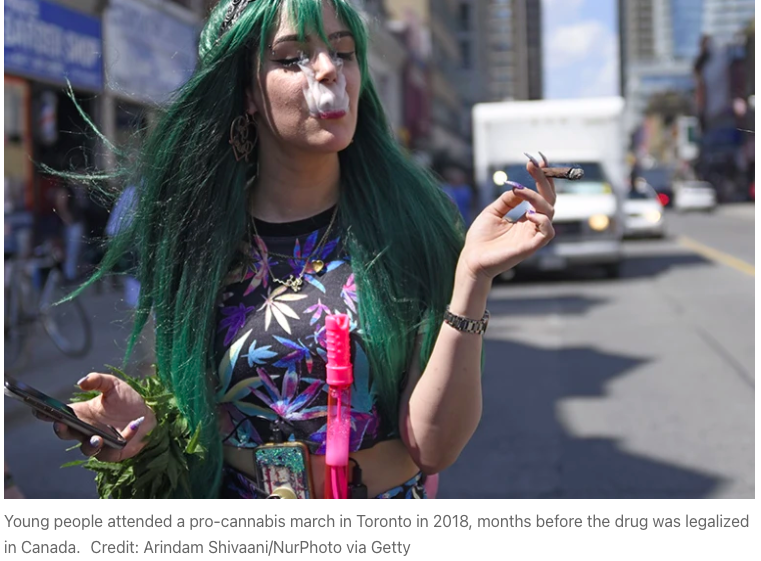A recent report, detailing trends in adolescent substance use across various regions from 2018 to 2022, has raised concerns over a significant shift in behavior among young girls. The latest installment of the 4-yearly Health Behaviour in School-Aged Children study, conducted in collaboration with the World Health Organization (WHO) Regional Office for Europe, has highlighted a narrowing, and in some cases, a reversal of the traditional gender gap in substance use among adolescents.
Titled “A focus on adolescent substance use in Europe, central Asia, and Canada,” the report offers a comprehensive analysis of substance use patterns among adolescents aged 11, 13, and 15 across 44 countries and regions. While overall declines were observed in smoking, alcohol, and cannabis use, the study underscored that substance use remains “a crucial public health problem among adolescents.”
Key findings from the report include:
- Cigarette smoking: Lifetime smoking declined notably, particularly among 13-year-old boys and 15-year-old boys and girls. There was also a significant decrease in current smoking among 15-year-old boys.
- Alcohol use: Lifetime alcohol use decreased among boys, especially among 15-year-olds, while an increase was observed among 11- and 13-year-old girls. Current alcohol use increased across all age groups for girls.
- Cannabis use: While lifetime cannabis use among 15-year-olds slightly decreased, 6% reported recent use within the past 30 days.
- Vaping: E-cigarettes emerged as a more popular choice than traditional tobacco cigarettes among adolescents in 2022.
Report coauthor Judith Brown from the University of Glasgow emphasized the noteworthy shift in substance use dynamics, particularly among older girls. Brown highlighted, “There was an overall increase in current alcohol use and drunkenness among older girls,” reflecting a departure from the historical prevalence of substance use being higher among boys.
Margreet de Looze, PhD, assistant professor at Utrecht University, echoed concerns over the rising popularity of vaping among youth, emphasizing its allure due to appealing flavors. De Looze stressed the urgent need to discourage vaping, considering its potential as a gateway to tobacco use.
While some positive trends, such as reductions in alcohol consumption, have been noted in recent years, Carina Ferreira-Borges, PhD, from the WHO Regional Office for Europe, emphasized the need for targeted interventions. Ferreira-Borges highlighted the complex interplay of factors influencing adolescent substance use, including cultural norms and socioeconomic conditions.
As the landscape of adolescent substance use continues to evolve, experts advocate for tailored policies and interventions to address emerging trends and safeguard the well-being of young people worldwide.










